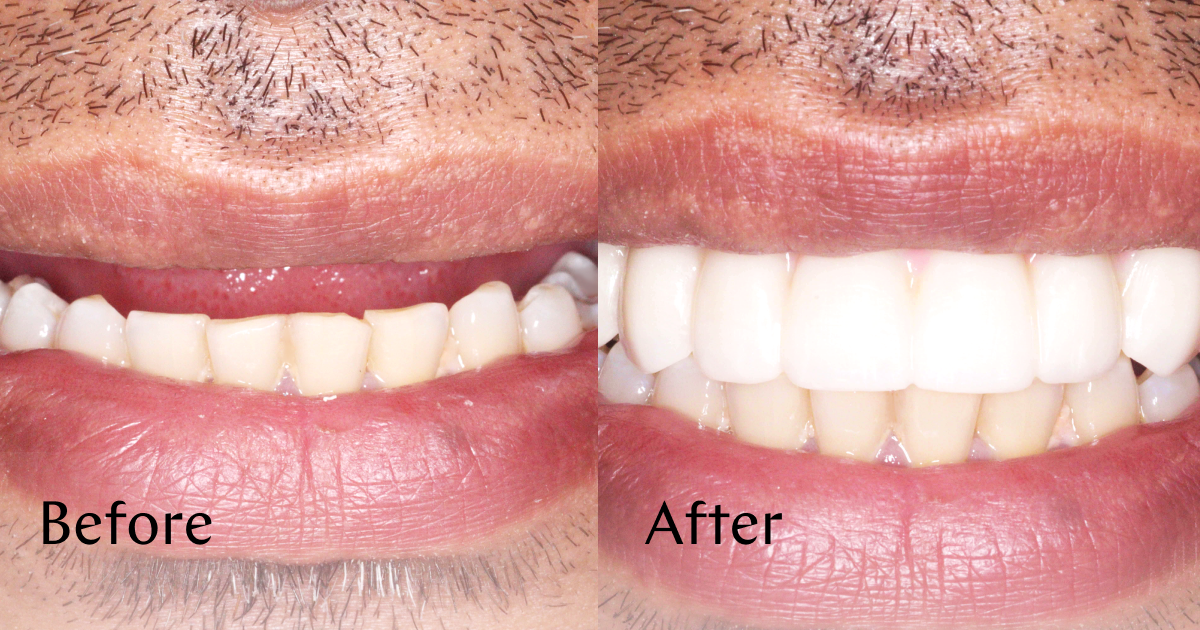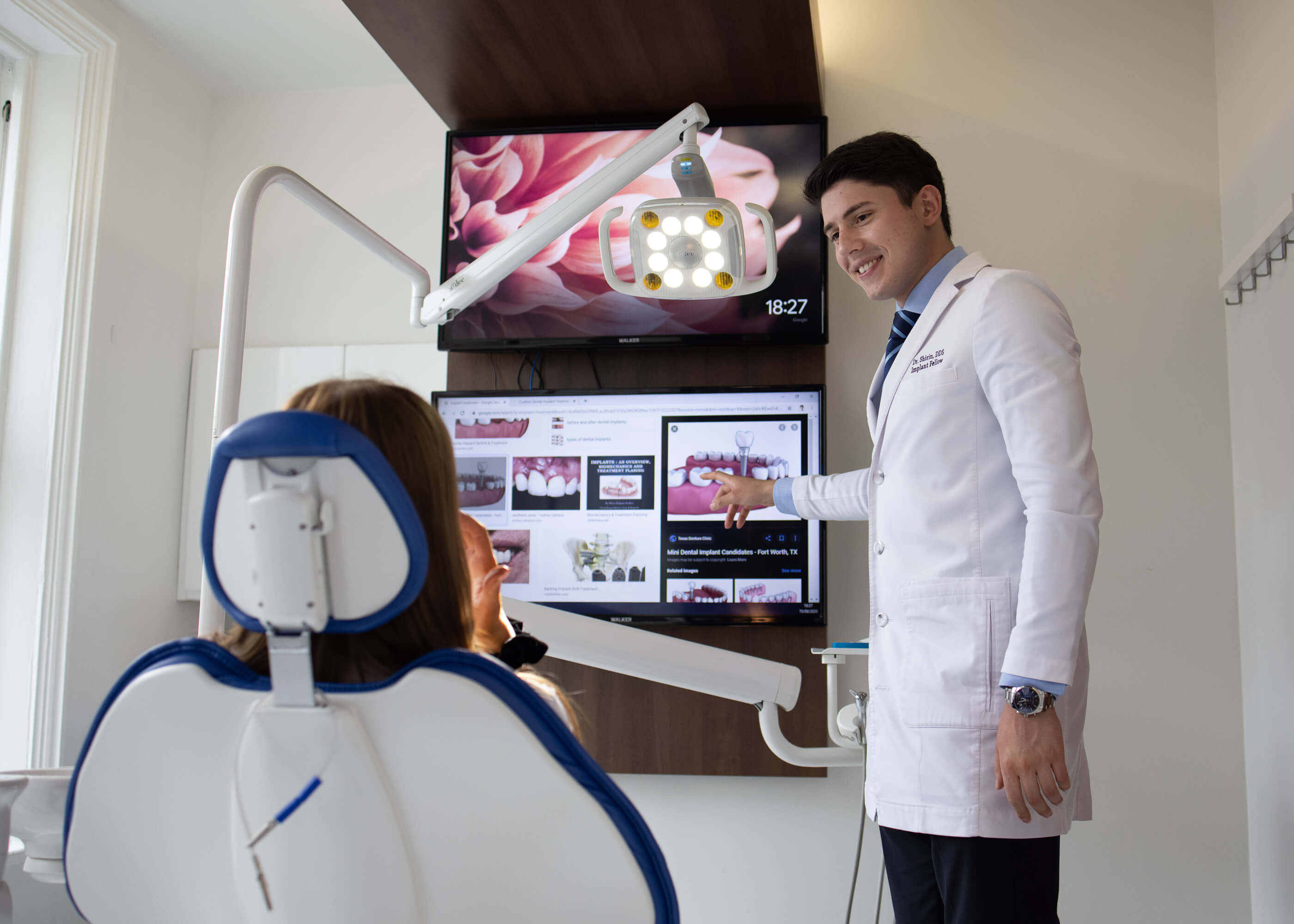Pterygoid implants - the solution for those deemed unsuitable for upper jaw implants

Many patients grapple with the challenges of missing teeth, which can lead to problems such as difficulty in chewing, discomfort from poorly fitting dentures, and even the embarrassment of dentures slipping out of place. Pterygoid implants represent an innovative stride in dental technology, providing a durable and lasting solution to tooth loss. This approach paves the way for patients to regain a complete and healthy smile.
But what exactly are pterygoid implants, and how can they benefit you?
Dr Jimmy Butt delves into the heart of this procedure below.
Pterygoid implants are an innovative dental solution which are especially beneficial for patients who lack sufficient bone structure in the upper jaw. The upper jawbone is typically weaker than the lower one, which can complicate the placement of traditional implants. Consequently, patients may find themselves facing extensive bone grafting procedures or even being deemed unsuitable candidates for dental implants.
However, pterygoid implants offer a solution to the challenge posed by weak upper jawbone. They leverage the sturdier bone found in the pterygoid plates - an area situated at the rear of the upper jaw. This approach creates a secure foundation for the placement of new teeth, bypassing the issues associated with traditional implant procedures.
